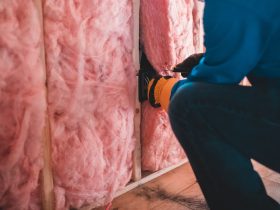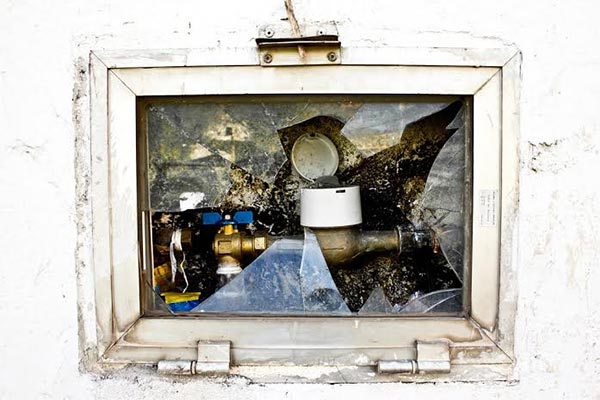One thing is sure: there is no ideal time to handle installation breakdowns, roof leaks and similar home utility failures. Still, such small unpleasantries happen from time to time in every household, and some house repairs cannot – and should not – be put off endlessly. But how do you handle a broken pipe, for instance? Should you call an expert or can you sort it out on your own? Well, you can always try to remedy this common problem on your own before you give up and ring your handyman – and here are some helpful tips you can use to repair or replace your broken pipes easily and promptly.
Table of Contents
Step 1: Turn off water supply ASAP and drain the spill
The first thing you will need to do when fixing a broken pipe is turn off the water supply before you actually get to do any serious tinkering and repair work around your plumbing. Locate your stop cock (it’s usually found somewhere at the entry point to your property) and switch it off to prevent extreme flooding and excessive water spillage.
After you’ve turned your water supply off, take care of the already spilt H2O: in case the spill is minor, a handful of dry towels will suffice to soak in the water, but if there is a lot of water flooding your premises, you can drain it by using a hose or a bucket. Once your home is safe and dry, try to empty your entire plumbing system by turning on the cold taps to prevent unwanted complications during the repair procedure.
Step 2: Turn off electricity and heating system
In case of more severe flooding, it would be a good idea to turn off your electricity supply and heating system. The last thing you need on your hands when dealing with a plumbing failure is more damage, so stay on the safe side and switch off power supply and heating in the affected areas ASAP. As you probably already know, you can turn off electricity in any part of your home by a simple click of a specific switch on the fusebox.
Similarly, most regular immersion heaters and central heating systems will have to be switched off until the pipe repair is done to prevent accidental overheating and potential heat-related damage that can occur when the system’s in use while running on empty. Also, note that sockets and wall outlets should not be touched until dry if they have come in contact with the flooding water.
Step 3: Repair or replace the pipe in a flash
After you’ve taken care of the pre-repair essentials involving water and power supply, it’s time to grab your toolbox and get to work. In cases like these it’s always wise to keep a rudimentary set of tools, even if you’re not too much of a handyman type. If your toolbox is on the slim side, you can always order some trusty tools online, because you never know when an emergency might arise.
Identify the leak or burst spot in your plumbing system and decide whether to replace the entire pipe or fix the spot temporarily until you have an adequate set of new pipes at hand. In case the burst or spill is minor and doesn’t lead to excessive flooding, you can try and use some duct tape, gasket materials, hose clamp, a piece of rubber or sleeve clamp. Nevertheless, large-scale wholes and wide-open pour-outs will require an immediate pipe replacement, in which case it may be a good decision to call in the experts.
Step 4: Consolidate flooding damage and check plumbing system
After you’ve handled your burst pipe crisis, you should inspect your home and property for potential water damage. When looking for telltale flooding spots, pay special attention to the walls as excessive water leakage can soak the walls and leave nasty mold and dirt marks, not to mention chipping, decrepitude and paint falloffs.
Also, make sure all your electrical appliances dry properly before you turn them on again as moisture and water can affect the wiring and cause short circuits and power failures if the device is turned on when still wet. Another wise idea would be to check the rest of your plumbing system for potential new seep-outs and burst spots and take care of suspicious pipes before you end up with fresh flooding and water leakage on your hands – and property.












Leave a Reply